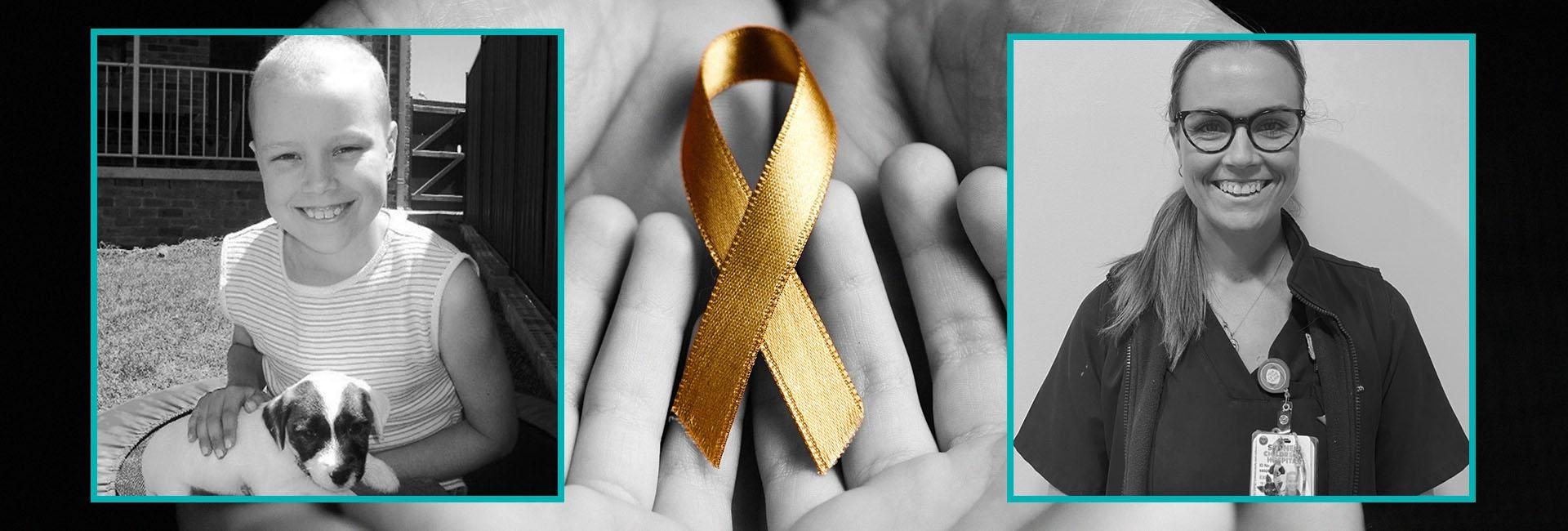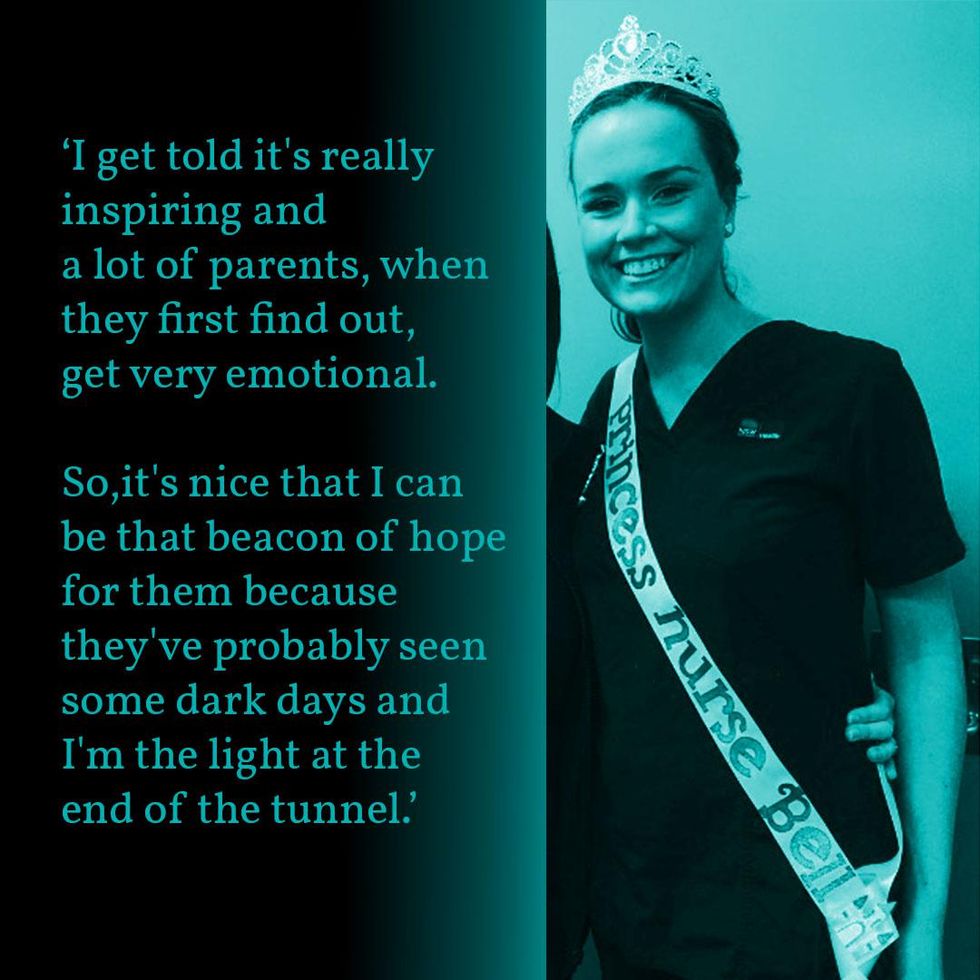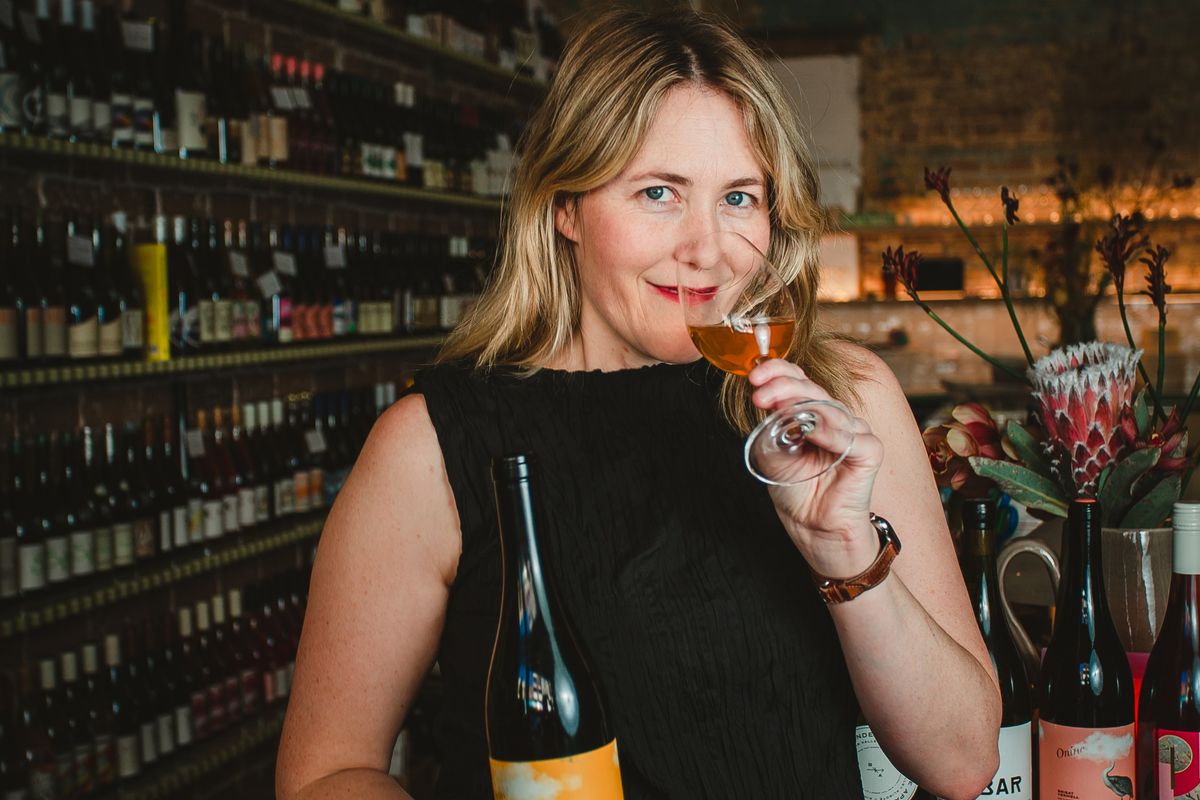For many children, hospital is a traumatic experience, but occasionally, it can open a window into the rest of their lives. At nine, Rachael Bell was admitted to the Sydney Children's Hospital, Randwick, for leukaemia treatment. "I just remember the whole time I had liked being in hospital. I liked to see, I know it sounds strange, but facilities like the Starlight Captains. The nurses I found were awesome."
Ten years after going into remission, she walked back through the doors of C2West at Sydney Children's Hospital, Randwick, not as an oncology patient but as an oncology nurse.
September is Childhood Cancer Awareness Month where organisations highlight the need to improve diagnosis, treatment and outcomes for children's cancers.
At 29, Bell now works as Clinical Nurse Specialist 2 in Long Term Patient Follow Up for the Kids Cancer Centre at the hospital. As a Registered Nurse, who has experienced what she is treating, she is a rarity in the medical profession and it changes the way she provides care to her patients.
As a survivor of childhood cancer, Bell knows that the toughest days can come long after cancer treatment has finished. It wasn't until she was 18 and had transitioned out of Camp Quality that she felt the full effects of having gone through cancer at a young age.
"I think the reality of it all hit me. I struggled a lot with knowing that people I knew died. I was diagnosed with survivor's guilt … I think my mental health suffered a lot, the most out of everything, but more so down the line … I struggled to comprehend and unpack everything that happened to me."
Bell had injured her knee running cross country as a nine-year-old. It was first diagnosed as a torn ligament but it never healed and the pain remained excruciating. Eventually, after scans and blood tests, she was diagnosed with Acute Lymphoblastic Leukaemia. It is the most common paediatric cancer, with approximately 280 children diagnosed in Australia every year and a survival rate of 90 per cent.
Describing her treatment as "uneventful," Bell was only ever seriously medically ill once with potential sepsis resulting in four weeks of intravenous antibiotics.
Her biggest struggle came outside the hospital because she was unable to keep up with her friends at school. "I couldn't play in the sun. I couldn't run around. I was too tired … I couldn't sit on the floor … I stood out more because I'm sitting on a chair while everyone else is on the floor."
She was happiest with her co-patients and friends at the children's hospital, playing with the Starlight Captains and nurses. The bond created between nurses and patients was through ways Bell admits "mightn't necessarily have been the most professional," but left an indelible mark that she believes helped her through the trauma.
"The nurses mucking around with us kids ... And having water fights with syringes and stuff like that … It brightened up my day, and it was hilarious."
Now as a nurse herself, Bell aims to be "the nurse that I remember". While times have changed and water syringe fights are a rare occurrence, she gets to build bonds and rapport in different ways. A special emphasis is placed on treating the kids for who they are, not like they are kids in hospital with cancer.
While it would be easy to assume Bell is overly soft and sympathetic with her patients, given her own experience, she actually thinks she's the opposite.
"I think I can have a bit more empathy for the sort of fear that they feel, but I know that it'll pass as well. Whilst they are feeling that fear, they can move past it. It is tough but they can move past it like I did."
Bell now works alongside the doctor who treated her leukaemia, Professor Glenn Marshall.
"I was a bit proud of myself. I think it was nice to show him that I've come out on the other side. I was excited to work with him and I guess a little bit anxious because I didn't want to disappoint him either."
Part of Bell's new role is connecting adults who have survived childhood cancer with appropriate resources, saying in the past, follow up with survivors could be quite poor.
For her, it was her own GP that helped her deal with the delayed trauma of childhood cancer. She understands how anxieties can develop around doctors' offices but warns it can create a gap where survivors are left unknowingly dealing with the aftereffects of childhood cancer treatment on their own.
Bell doesn't mind talking to patients and parents about her history with cancer, but prefers to keep the focus on the children under her care. However, one valuable insight she sees in telling her story is to highlight the experiences of those around her. She recognises the extra attention she got from her parents when she was sick may have made her siblings feel left out. She recalls, in a school survey, her older sister spoke a lot about almost wanting to be the sick child to receive more attention.
"Don't forget about the siblings. I think that's my main point I'd like to get across is they are just as important as the patient."
When she does tell her story, many parents find it encouraging. "For the most part I get told that it's really inspiring and a lot of parents when they first find out, I think they get very emotional, so it's nice that I can be that beacon of hope for them because they've probably seen some dark days and I'm the light at the end of the tunnel."







